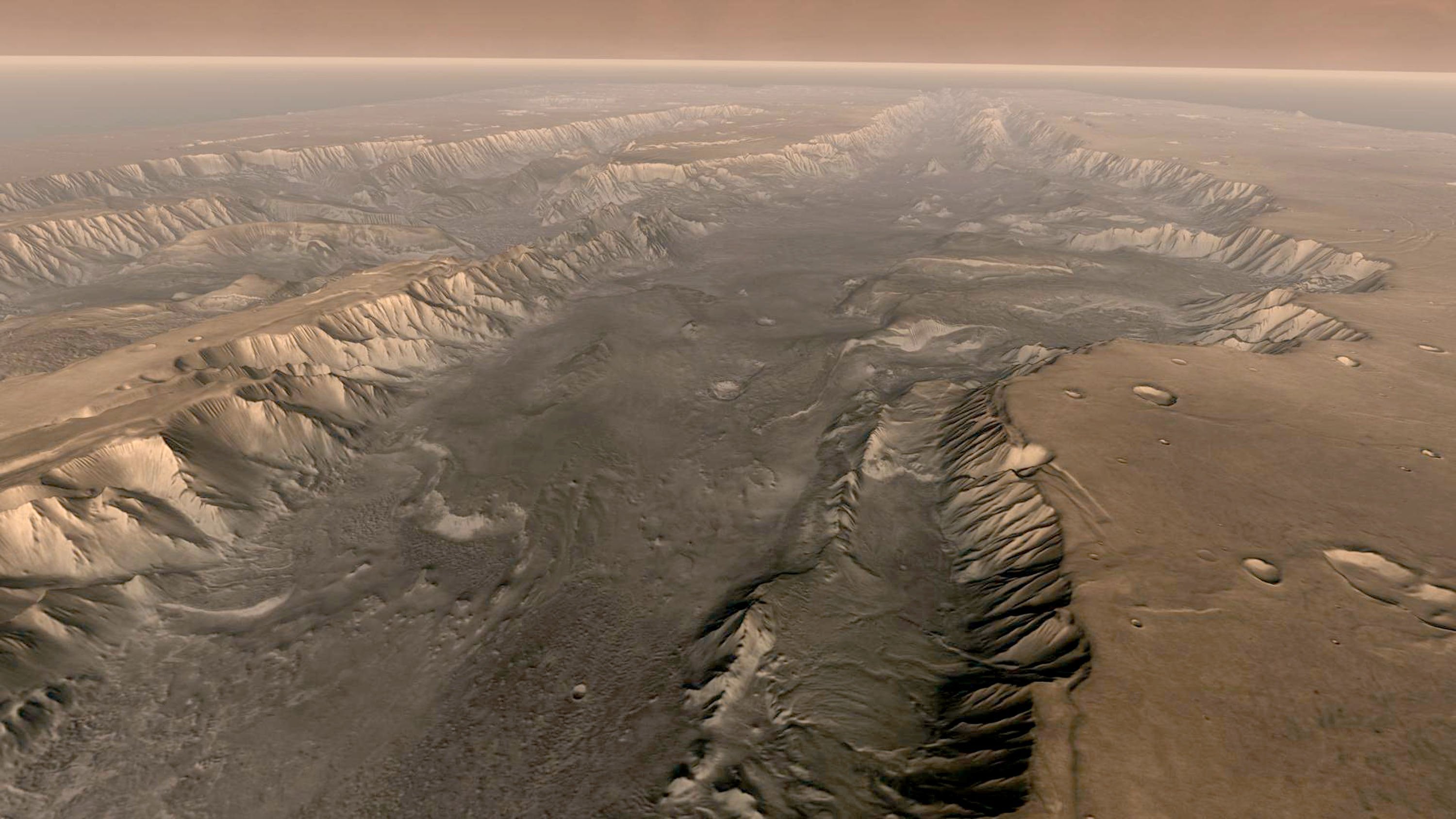There is molten lava underneath the surface of Mars, scientists say in major breakthrough in search for alien life

Your support helps us to tell the story
From reproductive rights to climate change to Big Tech, The Independent is on the ground when the story is developing. Whether it's investigating the financials of Elon Musk's pro-Trump PAC or producing our latest documentary, 'The A Word', which shines a light on the American women fighting for reproductive rights, we know how important it is to parse out the facts from the messaging.
At such a critical moment in US history, we need reporters on the ground. Your donation allows us to keep sending journalists to speak to both sides of the story.
The Independent is trusted by Americans across the entire political spectrum. And unlike many other quality news outlets, we choose not to lock Americans out of our reporting and analysis with paywalls. We believe quality journalism should be available to everyone, paid for by those who can afford it.
Your support makes all the difference.There appears to be molten lava under the surface of Mars, scientists say.
New technology has allowed scientists to scan deep into the interior of planets in our solar system, and examine the core that might be inside.
Magma rising from underground could have melted ice that in turn could have left favourable conditions for alien life, scientists say.
The new research has allowed scientists to scan all of Mars interior – and found a large core underneath the surface. It did so in a similar way to an ultrasound scan on a body: measuring waves that change as they move through the inside of Mars, and using those changes to infer what is happening underneath the surface.
That is done by using an precise instrument on the InSight lander, which arrived on Mars in 2018 and has been scanning its internal makeup ever since.
The “pings” picked up by that sensor allowed scientists to trace back the activity under Mars’s surface to a region named Cerberus Fossae. That is honour of the creature from Greek myth, which guards the underworld, in recognition of the region’s importance as a gate to Mars’s subsurface..
And it suggests that Mars remains geologically active, and has not fully died off yet. The landscape is continuing to move – and those movements could be an indication that magma is moving towards another location of eruption, scientists say.
The new research also found that Mars once had a magnetic field, powered by its core of iron, nickel and sulphur. That is also thought to be required for the flourishing of life on the planet.
“While there is much more to learn, the evidence of potential magma on Mars is intriguing,” said Anna Mitteholtz, a co-author on the new research.
The findings are published in a new paper, ‘Tectonics of the Cerberus Fossae Unveiled by Marsquakes’, published in Nature Astronomy.
Join our commenting forum
Join thought-provoking conversations, follow other Independent readers and see their replies
Comments